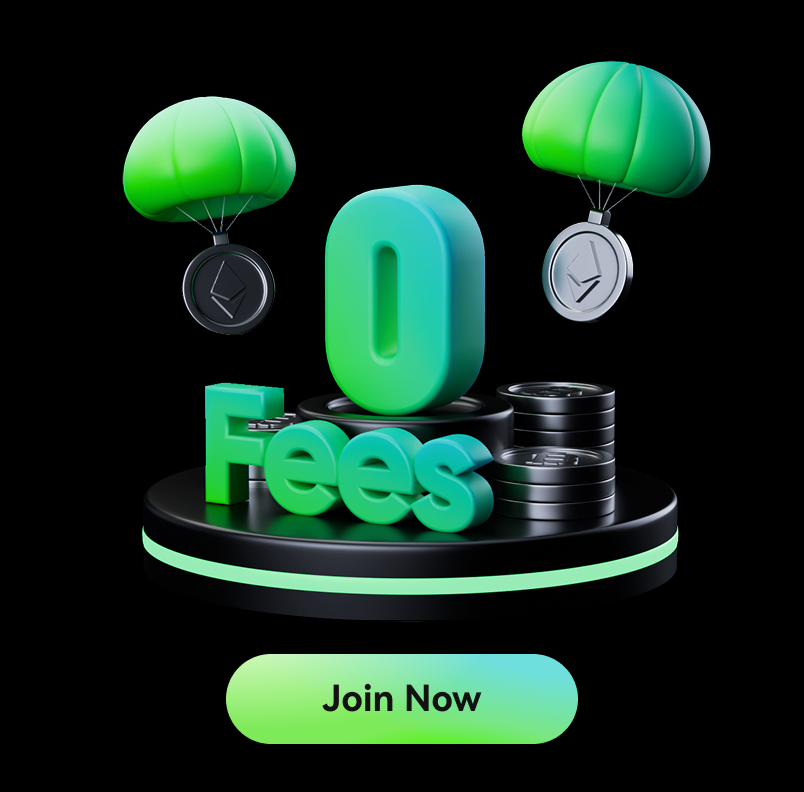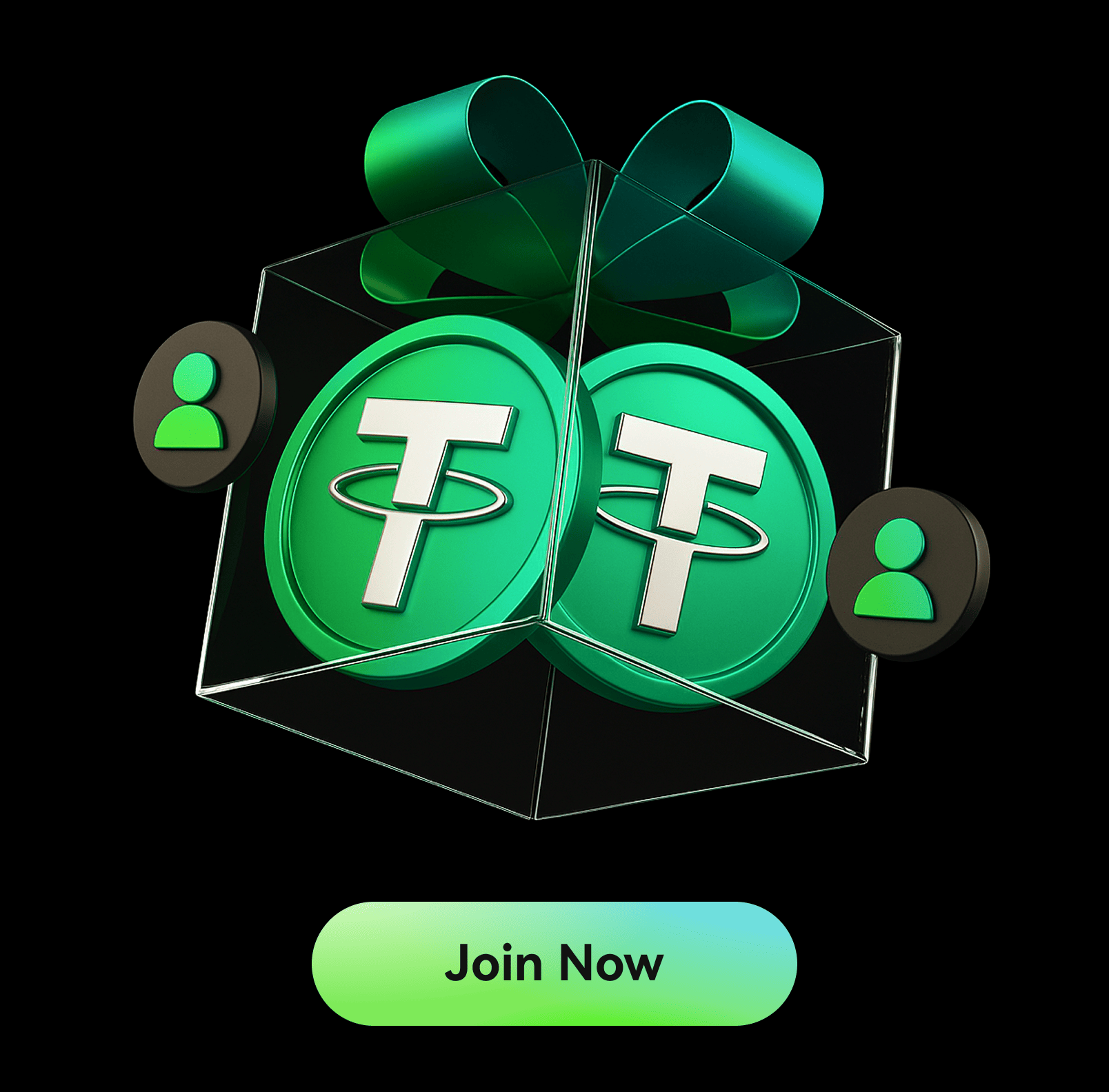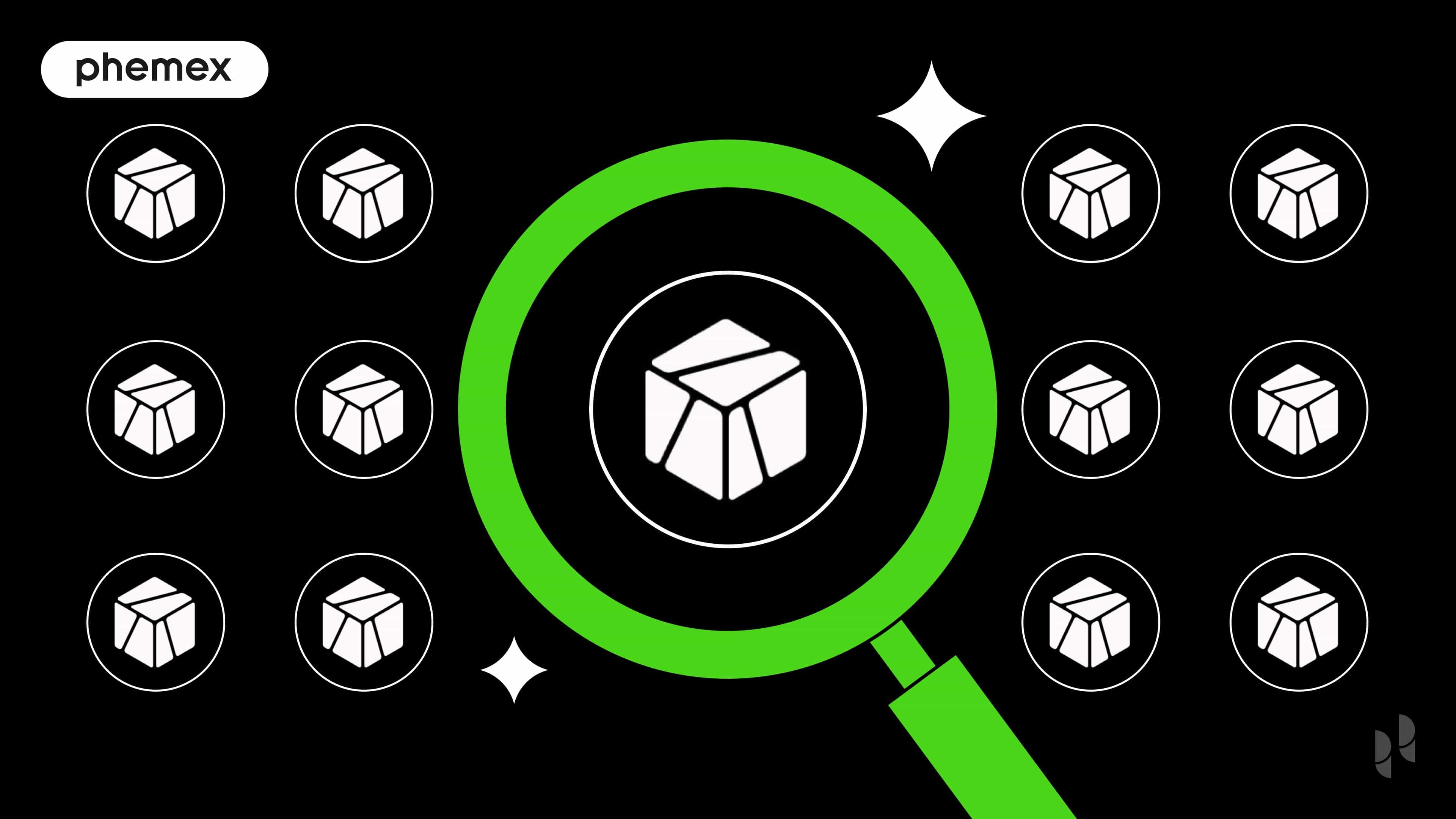Zircuit (ZRC) is an AI-powered Layer 2 blockchain that blends zero-knowledge rollups with real-time security enforcement at the sequencer level. Designed to scale Ethereum without compromising decentralization or safety, Zircuit doesn’t just process transactions faster—it actively guards the network by filtering malicious activity before it ever hits a block. Backed by cutting-edge cryptography and intelligent infrastructure, Zircuit is reimagining what it means to be a secure, high-performance blockchain. Whether you're a developer building dApps or a trader watching Layer 2s closely, Zircuit is a name you’ll want to remember.
Quick Facts: Zircuit (ZRC)
-
Ticker Symbol: ZRC
-
Chain: Ethereum (Layer 2)
-
Contract Address: 0xfd418e42783382e86ae91e445406600ba144d162
-
Circulating Supply: Approximately 1.49 billion ZRC
-
Max Supply: 10 billion ZRC
-
Primary Use Case: Gas fees, staking, governance, and ecosystem incentives
-
Current Market Cap: Approximately $43.08 million
-
Availability on Phemex: Not yet listed
❓ What Is Zircuit?
Zircuit (ZRC) is the native token of the Zircuit Layer 2 blockchain, an Ethereum-compatible network designed to enhance scalability, security, and user experience. By leveraging zero-knowledge (ZK) rollup technology, Zircuit processes transactions off-chain and posts cryptographic proofs to Ethereum, ensuring faster and more cost-effective transactions without compromising security.
Zircuit stands out by integrating artificial intelligence (AI) at the sequencer level, monitoring the mempool for malicious transactions and preventing their inclusion in blocks. This proactive approach to security, termed Sequencer Level Security (SLS), offers users a safer environment for decentralized applications (dApps).
? How Many ZRC Are There?
Zircuit (ZRC) has a thoughtfully structured token allocation model designed to support long-term sustainability and incentivize active ecosystem growth. Here's a breakdown of how the 10 billion ZRC tokens are distributed:
? Allocation Overview
-
21.00% — Airdrop & Community Rewards
• 7.00% — Season 1 Airdrop
• 3.00% — Season 2 Airdrop
• 2.45% — Campaigns (Fairdrop, Catizen, Binance Web3, etc.)
• 8.55% — Future Airdrops & Rewards (6 and 12-month cliffs, then 24-month linear vesting) -
13.08% — Community Provisions (1-year cliff, then 24-month linear vesting)
-
17.93% — Ecosystem Development (1-year cliff, then 24-month linear vesting)
-
18.70% — Foundation (1-year cliff, then 24-month linear vesting)
-
18.74% — Team (1-year cliff, then 24-month linear vesting)
-
10.55% — Investors (1-year cliff, then 24-month linear vesting)
? Unlocked at TGE (Token Generation Event)
At launch, a total of 21.95% of the supply was unlocked:
-
7.00% — Season 1 Airdrop
-
3.00% — Season 2 Airdrop
-
2.45% — Fairdrop, Catizen, Binance Web3 campaigns
-
2.50% — Community Provisions
-
2.00% — Ecosystem Development
-
5.00% — Foundation

This strategic release ensures immediate community engagement while reserving the majority of the supply for long-term ecosystem alignment through structured vesting.
? What Does ZRC Do?
ZRC serves multiple functions within the Zircuit ecosystem:
-
Gas Fees: ZRC is used to pay for transaction fees on the Zircuit network.
-
Staking: Users can stake ZRC to secure the network and earn rewards.
-
Governance: Token holders have voting rights on protocol upgrades and changes.
-
Ecosystem Incentives: ZRC is used to incentivize developers and users within the ecosystem.
These utilities make ZRC integral to the network's operation and growth, aligning incentives across participants.
⚔️ ZRC vs Bitcoin
When it comes to blockchain innovation, Zircuit (ZRC) and Bitcoin represent fundamentally different visions. Here's how they stack up:
| Category | Zircuit (ZRC) | Bitcoin (BTC) |
|---|---|---|
| Launch Year | 2024 (Mainnet) | 2009 |
| Consensus Mechanism | Ethereum Layer 2 + zkRollups with Sequencer-Level Security (SLS) | Proof-of-Work (PoW) |
| Transaction Speed | Fast, thanks to off-chain rollups and optimized sequencer execution | Slow (avg. 10 minutes/block) |
| Fees | Low gas fees via ZK-rollup batching | Relatively high, varies with congestion |
| Smart Contracts | Fully EVM-compatible; supports dApps, DeFi, and NFT platforms | None natively; limited smart contract support via external layers |
| Security | AI-based mempool monitoring + Ethereum finality | Extremely secure via PoW and global miner base |
| Use Case | Gas payments, staking, governance, ecosystem incentives for Web3 applications | Primarily store of value and peer-to-peer currency |
| Scalability | High — zkRollups + modular AI infrastructure | Low — scaling challenges without Layer 2 solutions |
| Decentralization | Inherits Ethereum's decentralization; sequencer roadmap includes further upgrades | Fully decentralized, though mining hashrate is concentrated |
The Technology Behind ZRC: What Makes Zircuit Unique?
Zircuit technology represents a cutting-edge fusion of Ethereum scalability solutions, developer-friendly architecture, and AI-powered security infrastructure. As a next-generation EVM-compatible Layer 2, Zircuit is engineered to overcome the speed, cost, and security limitations of Ethereum while maintaining full decentralization and composability. Here's a closer look at what powers the ZRC ecosystem.
? Zircuit Uses Zero-Knowledge Rollups (zk-Rollups) for Ethereum Scaling
At the heart of Zircuit's architecture is the implementation of zk-rollups, a cryptographic scaling solution that batches hundreds of off-chain transactions and submits a single zero-knowledge proof to Ethereum's mainnet. This allows Zircuit to drastically reduce gas fees and increase transaction throughput while preserving the integrity and security of the Ethereum network.
Unlike optimistic rollups, which rely on time-delayed fraud proofs, zk-rollups ensure instant finality—once the validity proof is verified, transactions are final and cannot be reverted. This makes Zircuit ideal for DeFi applications and NFT platforms that require high-speed, low-cost transactions without compromising trust.
By leveraging zk technology, Zircuit becomes one of the most scalable Ethereum Layer 2 solutions available today.
? Full EVM Compatibility for Seamless Developer Adoption
Zircuit is fully EVM-compatible, meaning developers can deploy existing Solidity smart contracts and dApps with zero modifications. Whether you’re migrating an existing protocol or building a new application from scratch, Zircuit supports the same developer tooling—like Hardhat, Foundry, and MetaMask—that the Ethereum community already knows and loves.
This compatibility lowers the barrier to entry for new projects while enabling Ethereum-native builders to scale faster with lower operational costs.
?️ Sequencer-Level Security (SLS): Zircuit’s AI-Powered Blockchain Protection
What truly sets Zircuit apart is its Sequencer-Level Security (SLS)—a proprietary system that uses artificial intelligence to monitor and mitigate malicious blockchain activity at the transaction layer.
While most Layer 2 chains treat their sequencer as a neutral transaction organizer, Zircuit’s sequencer is intelligent and defensive. It scans the mempool in real time to detect front-running, MEV attacks, sandwich trading, and other malicious behaviors. Suspicious transactions are intercepted and prevented from being executed.
This proactive security layer is a major leap forward in the evolution of AI blockchain security. As Web3 continues to mature, smart chains like Zircuit that combine cryptographic integrity with machine learning will lead the way in protecting users and assets on-chain.
In short, Zircuit’s tech stack blends zk-rollup scalability, EVM interoperability, and AI-based blockchain security to deliver one of the most advanced Layer 2 platforms on the market. For developers, users, and investors seeking a safer and faster Ethereum experience, Zircuit is more than just another Layer 2—it’s the future of secure Web3 infrastructure.
Team & Origins
Zircuit was co-founded by a team of experienced professionals, including Angel Xu, Martin Derka, Dr. Z (Technical Lead), Krishna Sriram, and Jan Gorzny. The project launched its mainnet in November 2024, aiming to address the scalability and security challenges of existing blockchain networks.
The team's diverse background in blockchain technology, AI, and cybersecurity positions Zircuit as a forward-thinking project in the decentralized space.
?️ Key News & Events
Zircuit (ZRC) has seen notable milestones since its mainnet launch, contributing to its growing visibility in the Web3 ecosystem.
-
November 2024: Zircuit officially launches its mainnet, marking the beginning of its Layer 2 operations. The ZRC token is introduced as the native utility token for gas payments, staking, governance, and ecosystem rewards.
-
June 2025: Zircuit initiates a major token distribution campaign, allocating 80 million ZRC for community rewards. A concurrent incentive program is launched to support early participation and ecosystem activity.
These developments have helped establish Zircuit as a noteworthy project in the Ethereum Layer 2 landscape. With a focus on scalability, AI-powered security, and EVM compatibility, the project continues to draw interest from developers, builders, and users looking for next-generation blockchain infrastructure.
? Is ZRC a Good Investment?
Not financial advice.
ZRC presents a compelling investment opportunity due to its innovative approach to scalability and security. The integration of AI for transaction monitoring and the use of ZK-rollups position Zircuit as a cutting-edge Layer 2 solution.
However, investors should consider the inherent risks, including market volatility and competition from other Layer 2 solutions. As always, thorough research and risk assessment are essential before investing.
Note: ZRC is not yet available on Phemex. Stay tuned for updates on its listing status.








